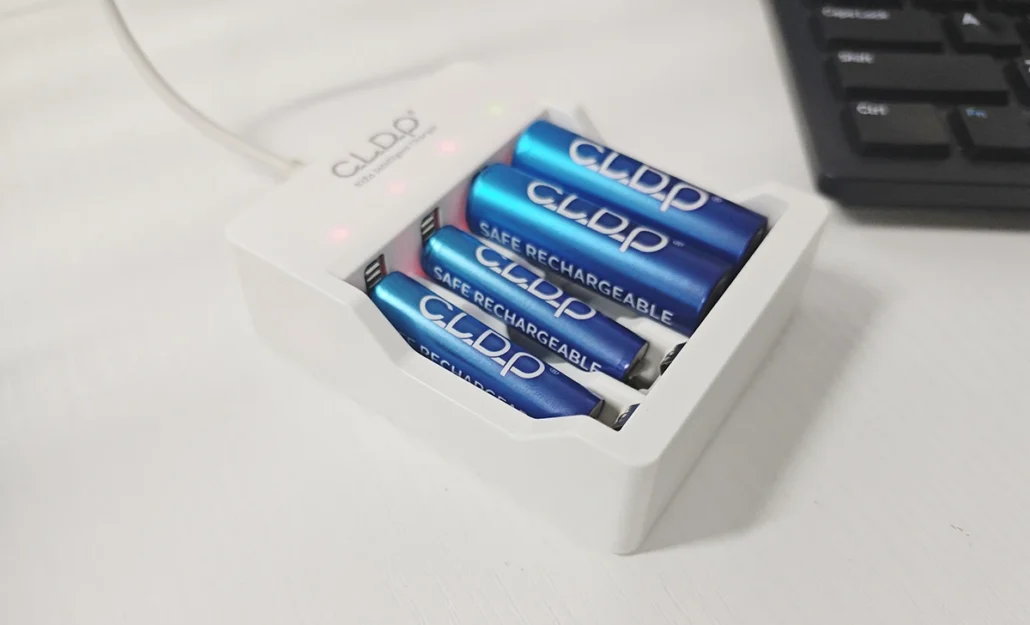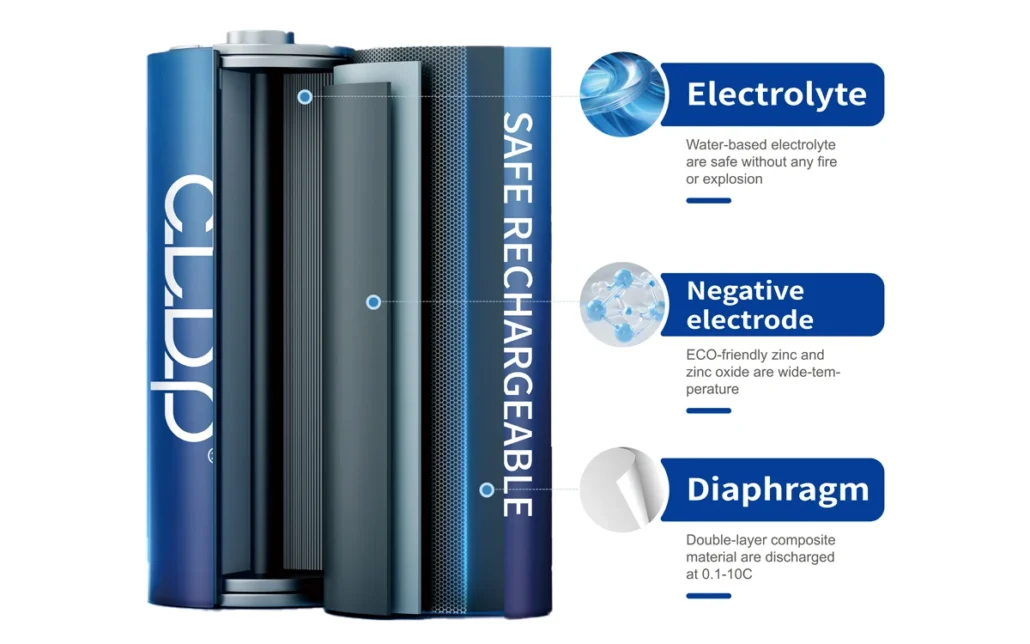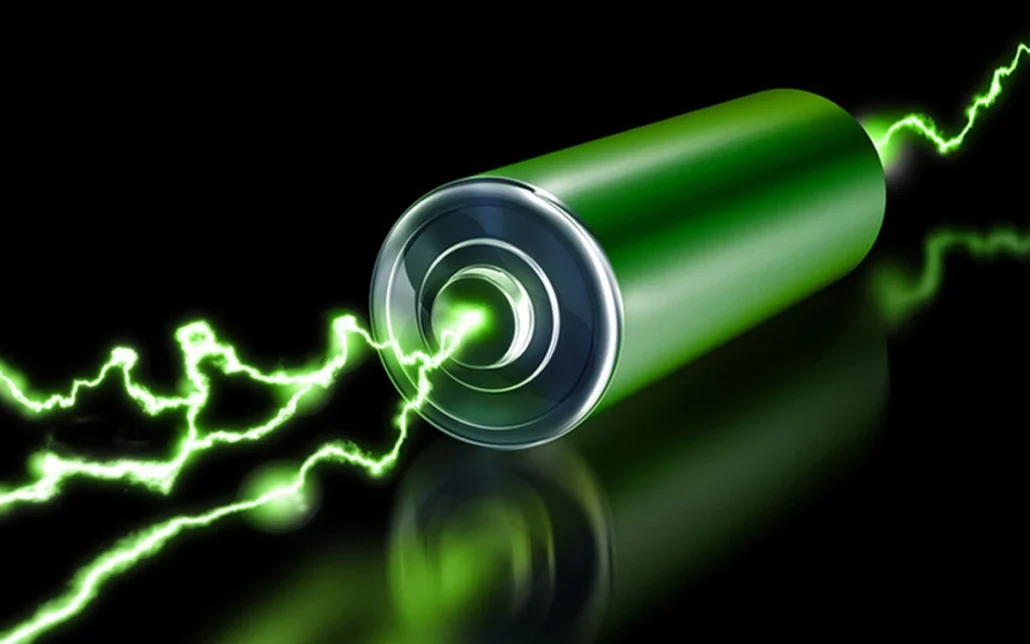Zinc-nickel batteries (Zn-Ni) have obvious advantages over lithium-ion batteries in some aspects, especially in terms of safety, environmental adaptability and cost-effectiveness.
Safety
Because they use water-based electrolytes instead of organic solvents, zinc-nickel batteries are not prone to thermal runaway under extreme conditions (such as puncture or extrusion), so they are safer and do not have the risk of fire or explosion like lithium-ion batteries.
Ambient temperature adaptability
They have a wide operating temperature range and can work normally in environments ranging from -40°C to high temperatures of 70°C, making them ideal for devices used in extreme climates.
Cost-effectiveness
Material costs are relatively low because both zinc and nickel are abundant elements in the earth’s crust, and no rare earth materials are required. In addition, the production process of zinc-nickel batteries is becoming more mature, which helps to further reduce costs.
Discharge Current
Zinc-nickel batteries can be discharged at a rate of 3 times, which can provide better power for devices that require instantaneous high current.
Voltage characteristics
The rated working voltage of the single battery is about 1.6V, which is higher than some traditional secondary batteries (such as nickel-hydrogen batteries), which means that it can directly replace disposable alkaline batteries in some applications and provide higher initial voltage output.
No memory effect
Unlike nickel-cadmium batteries, there is no obvious “memory effect”, so users do not have to worry about the battery capacity being affected by incomplete charging and discharging.
Self-discharge rate
The self-discharge rate of Zn-Ni battery is low, which means that it will not lose power quickly even if stored for a long time, and is suitable for use as an emergency power supply or backup power supply.
In the field of household AA and AAA batteries, zinc-nickel batteries have obvious advantages over lithium batteries, and are currently the best choice for replacing alkaline batteries in the future.




